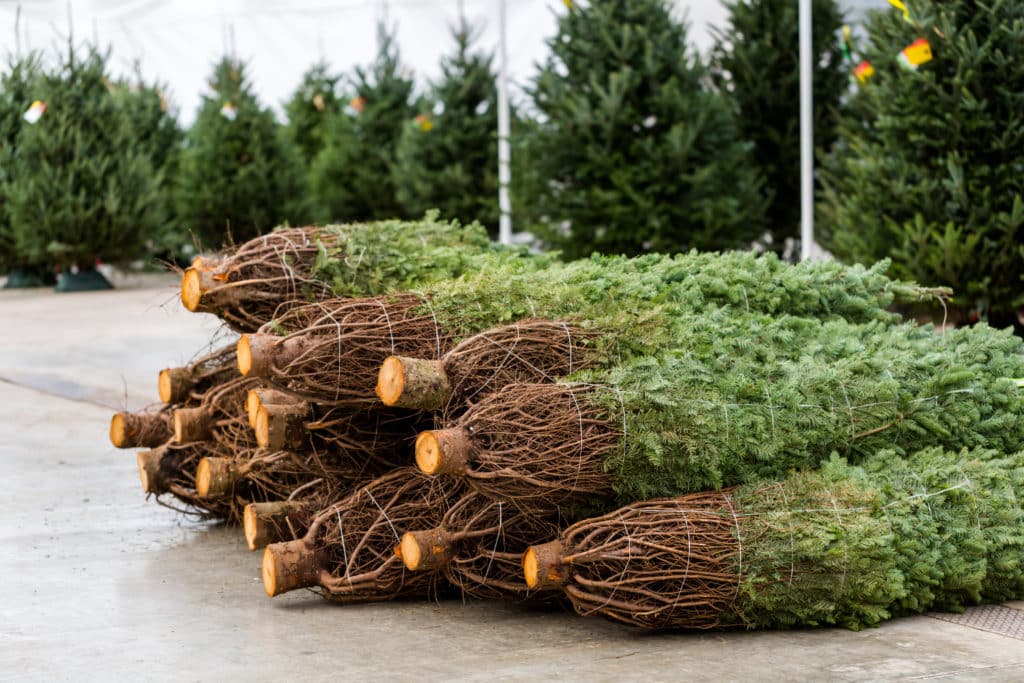Have you ever heard someone lament, “Real Christmas trees are such a waste of natural resources! Look at how many trees we cut down each year, just for decoration!” Is there any truth to this kind of claim? Are Christmas trees an environmental benefit or burden?
 The truth is that real Christmas trees are very helpful to our environment. Real trees are a harvested product, grown like corn, grain, or soybeans with a purpose: to be cut down and sold for use. Because they take about seven years to mature, though, this “product” serves our environment by taking pollutants out of the air and cycling in new oxygen for their entire growing lives.
The truth is that real Christmas trees are very helpful to our environment. Real trees are a harvested product, grown like corn, grain, or soybeans with a purpose: to be cut down and sold for use. Because they take about seven years to mature, though, this “product” serves our environment by taking pollutants out of the air and cycling in new oxygen for their entire growing lives.
Real trees are renewable and biodegradable, while most artificial trees are made from petroleum-based materials. Additionally, growing real trees preserves green spaces, and Christmas trees often grow in soil that could not support other crops[1].
An environmental study published in the New York Times found that an artificial tree would have to be reused for more than 20 years to be greener than buying a fresh-cut tree annually[2]. So next time you pass a roadside stand or tree farm, stop and pick up the fresh smelling, environmentally friendly choice of a real Christmas tree!
[1] http://www.realchristmastrees.org/dnn/Education/Environmental-Benefits
[2] http://www.nytimes.com/2010/12/18/business/energy-environment/18tree.html
